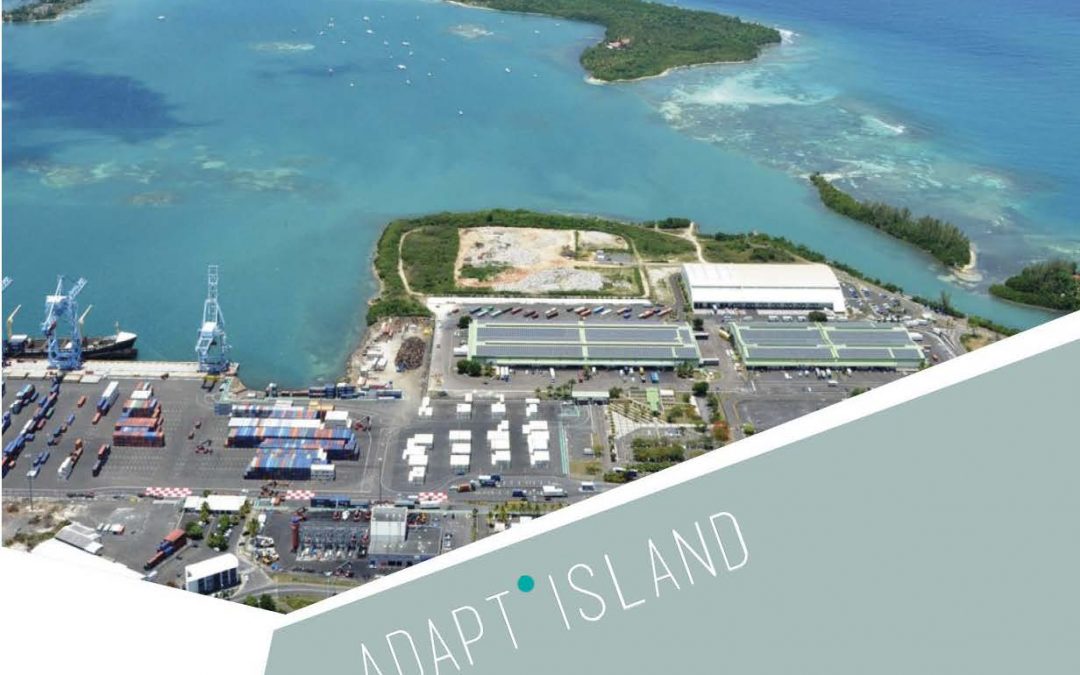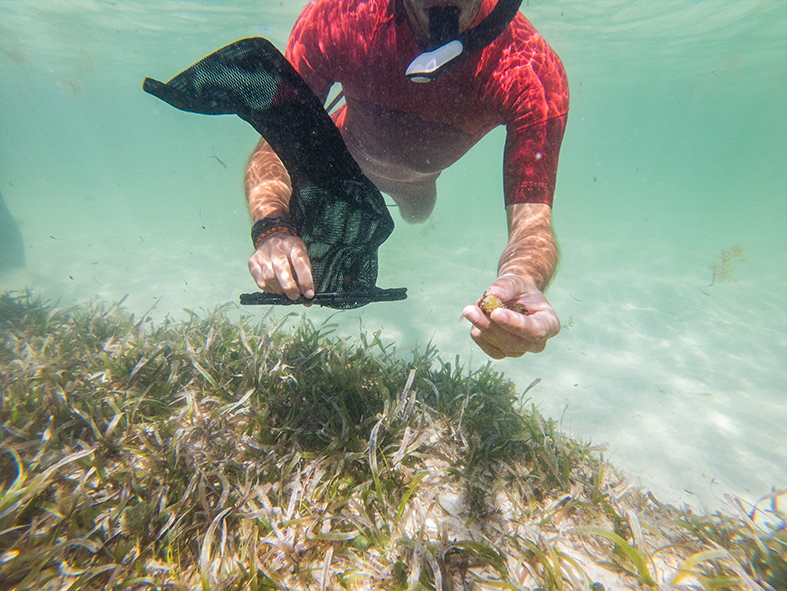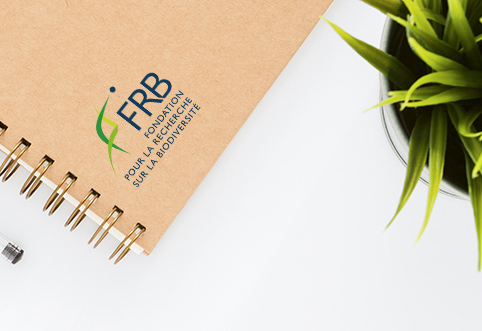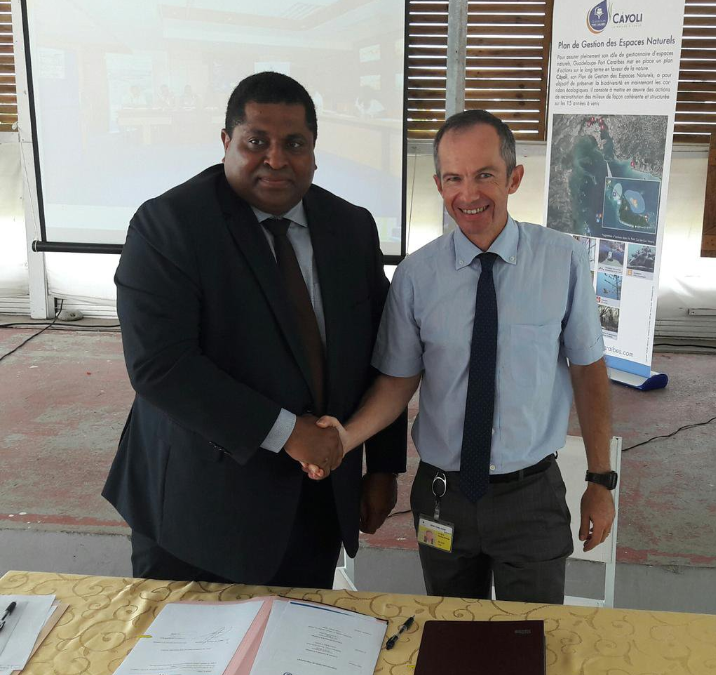
Eco-Mooring technical data sheets
Synthesis of the creation of a mooring area at Cochons Islet

Synthesis of the creation of a mooring area at Cochons Islet

As every year since the start of the program, Thalassia testudinum seagrass seeds are collected from specific sites. They will then be cultivated in a nursery to restore degraded seagrass.
From April to August is the flowering and fruiting season of the Thalassia testudinum. It is one of the species targeted in the Cáyoli program. During this period, Guadeloupe Port Caraïbes pilots a monitoring of the development of flowers and seeds on several sites of the archipelago. What is it objective? Deepen knowledge on this little-known species in order to develop protocols for active restoration of the environment.
Seagrass beds are essential to coastal life: green turtles love them and they are the larder of many species! They are also important for the protection of our coasts.

Collection of seeds in natural environment

The collected seeds

Germination in laboratory

Cultivation in nursery

Setting up in the natural environment
Once implanted, the seagrass are subject to a scientific follow-up which will allow to evaluate the relevance of the methods used and to develop functional protocols.
Photo credit : Nicky Mariette

In 2017, the port is recognized for its role as a manager of natural areas. It is elected to a national working group for biodiversity research.
This year which comes to an end has allowed the Cáyoli program to develop and gain true recognition at the national level: Guadeloupe Port Caraïbes has just been elected to the Strategic Orientation Committee of the Foundation for Research on Biodiversity (FRB) (FRB) within the College of Managers of Natural Spaces.
The mission of the Foundation for Research on Biodiversity is to “encourage innovation, promote scientific projects in connection with society and develop studies, syntheses and expertise are all actions at the heart of its system, (…) to meet the scientific challenges of biodiversity together. »( Read more ).
Within this framework, the Strategic Orientation Committee brings together scientific and professional actors in the field to:

For the Oceans Day, Guadeloupe Port Caribbean and the Rectorate of Guadeloupe are committed to creating together tools to raise awareness of marine environments adapted to Guadeloupe.
On Wednesday, June 8, the awards ceremony for the “Nature at Heart” competition of artistic productions organized by the port took place. It was an opportunity to salute the commitment of the students and the teaching community. But also to go further to raise awareness about the protection and knowledge of marine environments. In this sense, the Rector Mr. Camille GALAP and the Chairman of the Executive Board Mr. Yves SALAÜN signed a framework cpartnership agreement between the two institutions.
It aims to guarantee the success and sustainability of actions conducted by Guadeloupe Port Caribbean for students. Gathered within Cáyoli Junior they must allow to sensitize them to the protection of the natural environments and to arouse vocations! The convention signed agreement provides a framework for :
